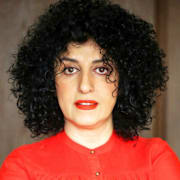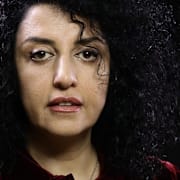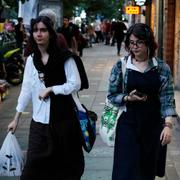bakgrund
Iranska politiken
Wikipedia (en)
The politics of Iran takes place in the framework of an Islamic theocracy which was formed following the overthrow of Iran's millennia-long monarchy by the 1979 Iranian Islamic Revolution.
Iran's system of government (nezam) has been described (by Juan José Linz in 2000) as combining "the ideological bent of totalitarianism with the limited pluralism of authoritarianism." It "holds regular elections in which candidates who advocate different policies and incumbents are frequently defeated", but scored lower than Saudi Arabia in the 2021 Democracy Index (combined by the Economist Intelligence Unit).The December 1979 constitution of the Islamic Republic of Iran, declares that Shia Islam is Iran's state religion (around 90–95% of Iranians associate themselves with the Shia branch of Islam), and it also combines elements of theocracy (Guardianship of the Islamic Jurist) with a presidential system. Like many Western democracies, Iran has a president and a parliament (Majles). Unlike other Western or Islamic governments, the government of the Islamic Republic of Iran is supervised by a supreme leader and an appointed & unelected Guardian Council which is made up of Islamic clerics, (in the case of the Guardian Council, half of its members are clerics).
The Supreme Leader is the head of state (above the president), and he either has direct or indirect control of the executive, legislative and judicial branches of government, as well as the military and the media, (according to Karim Sadjadpour). Iran's president, a parliament (or a Majlis), an Assembly of Experts (which elects the supreme leader), and local councils are all elected, but all candidates who run for these positions must be vetted by the Guardian Council (which disqualifies the overwhelming majority of the candidates) for their loyalty to the Islamic Republic's system of government. In 1998, the Guardian Council rejected Hadi Khamenei's candidacy for a seat in the Assembly of Experts for "insufficient theological qualifications".
In addition, there are representatives elected from appointed organizations (usually under the Supreme Leader's control) to "protect the state's Islamic character".




